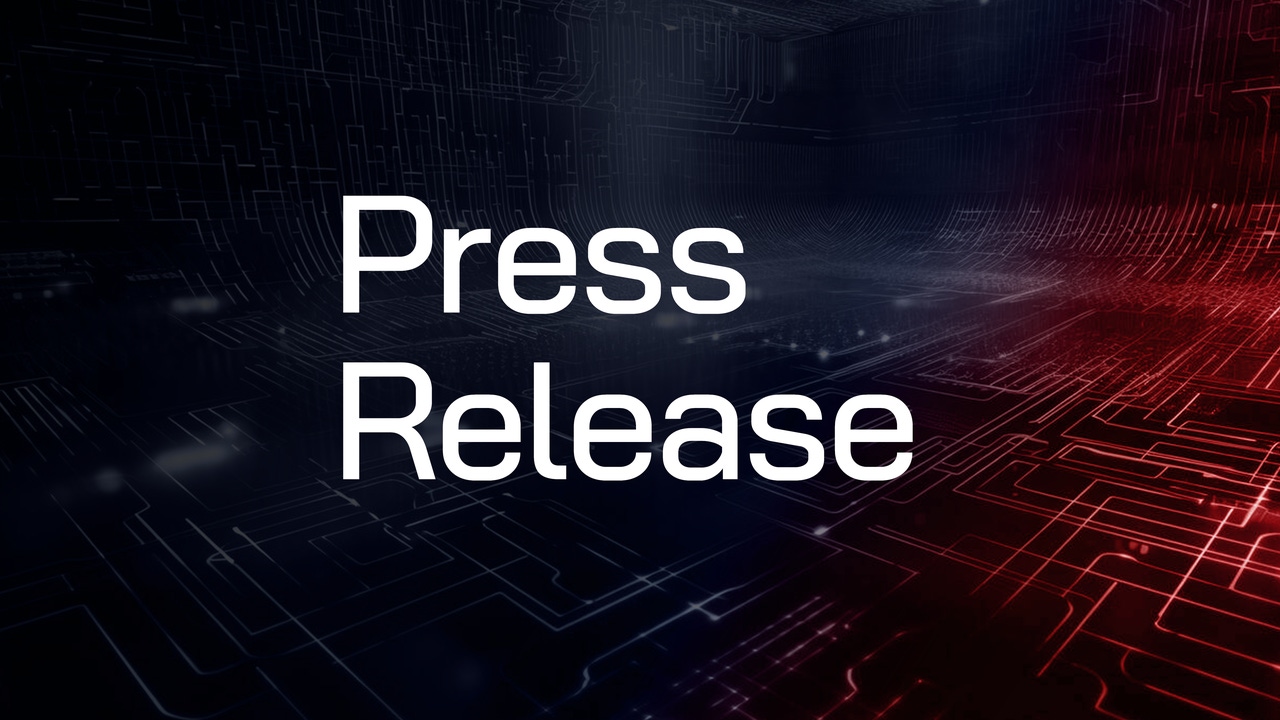NitroSecurity: Stuxnet Is Tip Of SCADA Exploit Iceberg
NitroSecurity recommends the following defensive best practices
July 24, 2010

PRESS RELEASE
PORTSMOUTH, N.H. – July 23, 2010 – NitroSecurity, Inc., the leader in high-performance, content-aware security information and event management solutions (SIEM), today issued guidance for critical infrastructure providers in the wake of the Windows Shell vulnerability (CVE-2010-2568) and the Stuxnet Trojan that initially targeted Supervisory Control And Data Acquisition (SCADA) systems from Siemens Corporation.
Much has been made of the vulnerabilities in Windows software and hard coded passwords in Siemens software that opened a door for infection of systems that in some cases are directly responsible for operating critical infrastructures such as electrical grids. While these are absolutely contributing factors in what some estimates place as high as 9,000 infection attempts per day, vastly more disturbing is the emergence of the first truly weaponized exploit to target SCADA systems. It’s an exploit that in one case already has had a widespread impact on the systems of a German manufacturer, but the full extent of the threat to process control systems is still being determined.
Security advisories to date have focused on the signatures and rules being put into place by Intrusion Prevention systems and antivirus. However, little-to-no guidance has been issued as to the steps that could be taken, and controls put in place, to head off the next Stuxnet – which could very well already be active and embedded in control networks now.
“We can’t simply focus on this or any specific vulnerability in isolation,” said Eric Knapp, director of Critical Infrastructure Markets for NitroSecurity. “In reality, there will always be vulnerabilities. The good news is that these are well-defined and controlled systems, and while criminals may attempt to exploit this predictability, they’ll never understand our own systems better than we do, and that gives us the advantage. Any variance in behavior is a clue, and can be used to catch them in the act.”
With a strong heritage in critical and federal systems infrastructure protection, and a focus on NERC CIP compliance, NitroSecurity recommends that asset owners assess current electronic security perimeters within the context of increasingly more sophisticated attacks. In order to properly secure critical systems, assume the worst—that all systems are fully reachable and vulnerable in multiple ways. As such, NitroSecurity recommends the following defensive best practices:
Circle Each Wagon – Add multiple layers of protection at all possible perimeters – placing firewalls and intrusion prevention systems at the thresholds between critical enclaves and non-critical business networks, as well as between those networks and the internet.
Cover Your Assets – Blend protections around each critical asset, adding intrusion detection capabilities inside of control systems, monitor all application and data activity and leverage newer technologies such as application data monitoring and whitelisting.
Enforce Conformity – unlike more dynamic business networks, a control network’s behavior is highly predictable. By centralizing the intelligence and information from all protection mechanisms, anomalies can be identified and addressed immediately with very few “false positives.”
“In a perfect world, default settings wouldn’t exist to be exploited, and all software would be perfect, but it’s crazy to expect that in the real world,” Knapp continued. “It’s easy to see how control systems can be open to attacks, and it’s easy to see why they might be targeted. Hopefully, Stuxnet will be a wakeup call, because the next volley in the cyberwar could hit even harder, and we need to be ready for it.”
For more information on specifically combating Stuxnet and other emerging security issues, please visit http://siemblog.com/.
About NitroSecurity
NitroSecurity develops high-performance security information and event management (SIEM) solutions that protect critical information and infrastructure. NitroSecurity solutions reduce risk exposure and increase network and information availability by removing the scalability and performance limitations of security information management. Utilizing the industry’s fastest analytical tools, NitroSecurity identifies, correlates and remediates threats in minutes instead of hours, allowing organizations to quickly mitigate risks to their information and infrastructure. NitroSecurity serves more than 500 organizations in the energy, healthcare, education, financial services, government, retail, hospitality and managed services industries. For more information, please visit http://www.nitrosecurity.com.
You May Also Like


